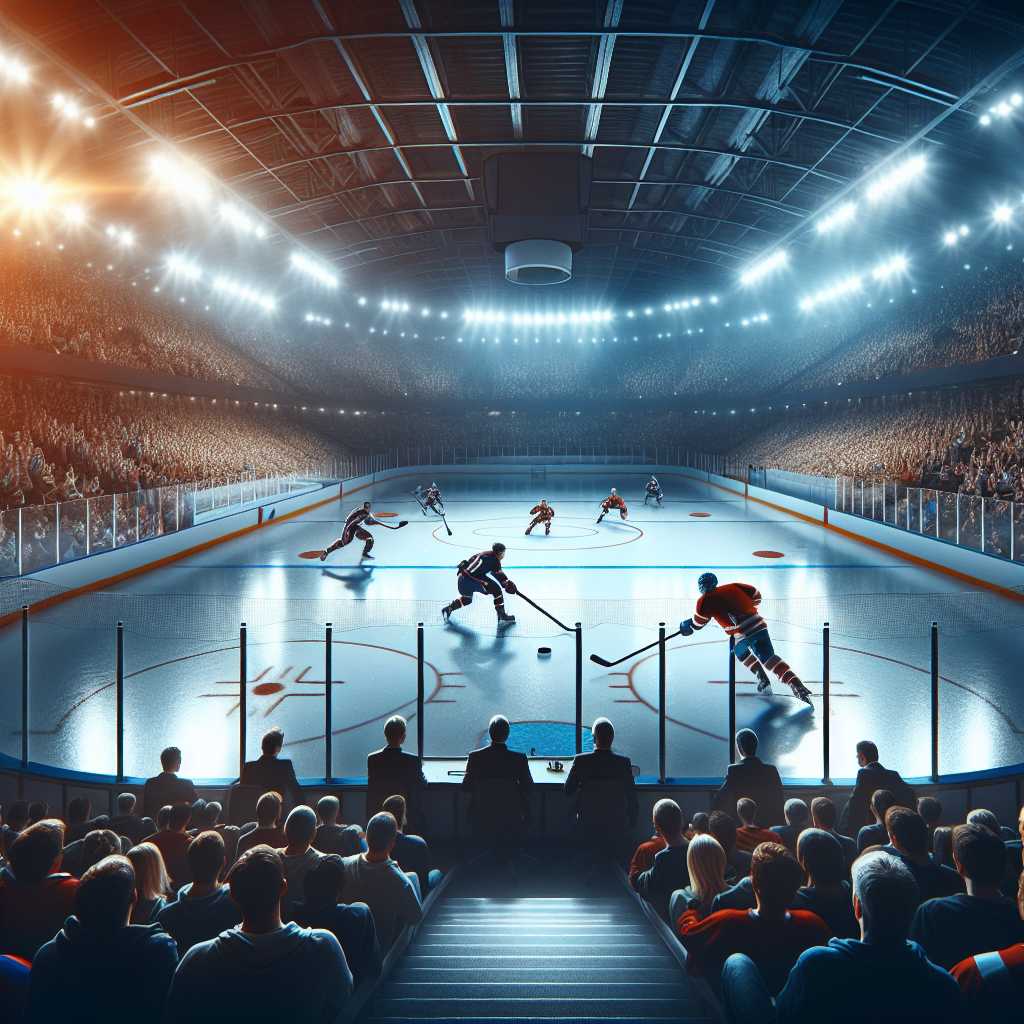The National Hockey League: A Comprehensive Overview
The National Hockey League (NHL), founded in 1917, has a rich history and has evolved into one of the foremost professional ice hockey leagues in the world. With a vast fan base and an extensive standing in the international sports industry, the NHL showcases high-caliber athletes and teams competing for the sport’s ultimate prize, the Stanley Cup. This detailed exploration offers insight into the league’s structure, history, influence on culture, economic impact, and current status.
Founding and Evolution of the NHL
The National Hockey League was established on November 26, 1917, in Montreal, Canada, after the suspension of its predecessor, the National Hockey Association (NHA). Initially made up of four teams all based in Canada, the NHL expanded into the United States in 1924 with the introduction of the Boston Bruins.
Throughout its history, the NHL has seen various periods of contraction and expansion. By 1967, it doubled in size from six teams (known as the “Original Six”) to twelve. This expansion era helped to popularize ice hockey across North America. Today, the league consists of 32 professional ice hockey teams split evenly between two conferences: the Eastern Conference and the Western Conference.
Structure and Season Format
Each NHL season is divided into three main segments: the preseason, the regular season, and the playoffs. The preseason occurs just before the main season and provides teams with opportunities for preparation and evaluation. The regular season typically spans from October through early April, where each team plays 82 games.
After this regimented season plays out, the top eight teams from each conference progress to the postseason–the Stanley Cup playoffs. This elimination tournament leads to two conference champions who then face off for the coveted Stanley Cup. This holistic structure ensures a competitive balance that maintains fan engagement throughout the year.
Cultural Impact and Influence
Throughout its existence, the NHL has not only been a showcase for athletic excellence but also a cultural phenomenon influencing North America and beyond. From legendary players like Wayne Gretzky to iconic franchises like the Montreal Canadiens and Toronto Maple Leafs, the league has become engrained in pop culture. Symbols such as team logos and jerseys are recognized worldwide and represent more than sports; they signify communal identity and local pride.
Canadian teams are very often at the cultural heart of their cities and towns
Economic Impact
The NHL is also a significant economic force in North America and internationally. The league generates billions of dollars through avenues such as ticket sales, broadcasting rights agreements, sponsorships, and merchandise sales. High-profile events like the Winter Classic—an outdoor game held traditionally on New Year’s Day—have become marquee events that draw significant revenue streams for local economies and the league itself.
Furthermore, individual franchises contribute to local economies by creating employment opportunities not only for professional athletes but also for numerous support staff needed to operate a major sports organization effectively.
Current Status and Future Prospects
Presently, despite occasional setbacks due to external factors – such as labor strikes or global events like pandemics – the NHL endures as a dynamic part of the sports entertainment landscape. Advances in technology with regard to equipment design and broadcast capabilities have improved safety for players and accessibility for fans. Today’s games are faster, safer, more skilled, and readily available for consumption on various platforms than ever before.
As for future prospects, expansion into non-traditional markets or overhauling rules to improve pacing have been frequent discussion points. Whether through innovative partnerships or continued international competition – such as Olympic participation or global series games – the league shows great potential for future growth.
Notes
Image Description: Photo of an NHL ice hockey arena during a packed game. Bright stadium lights reflect off pristine ice; fans clad in team colors fill every seat while two opposing players race towards a loose puck near center ice surrounded by officials and team benches in sharp focus at either side of the rink.
